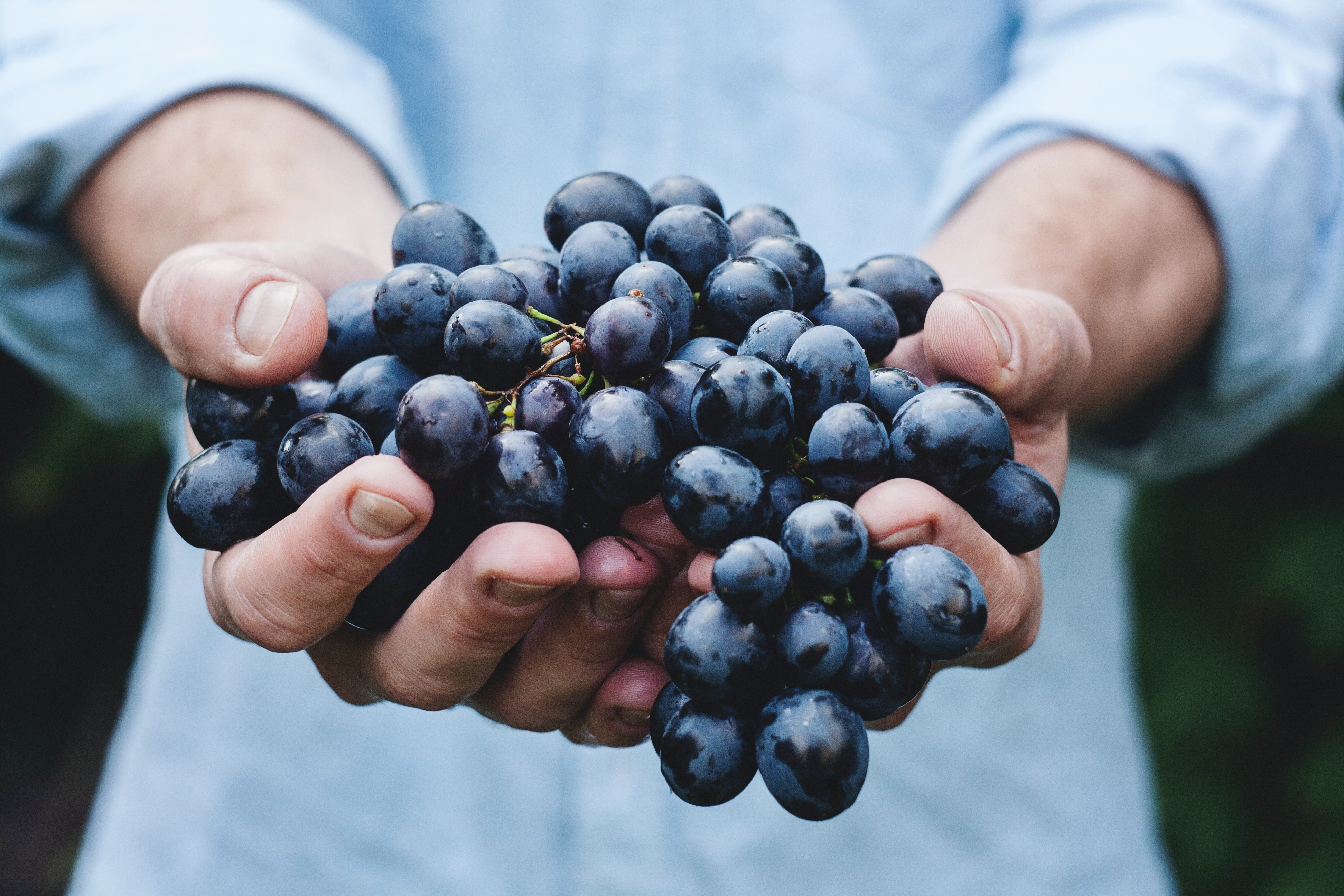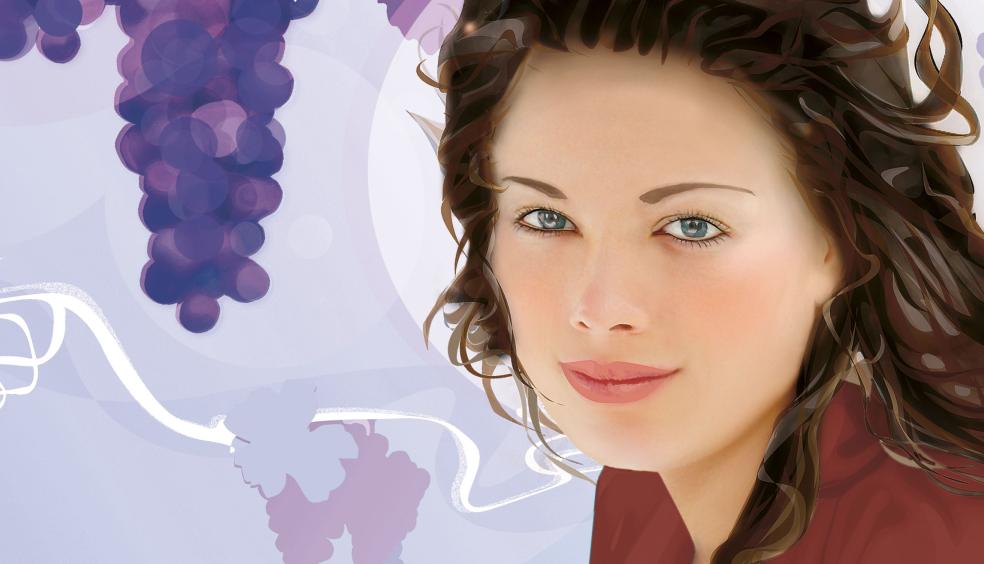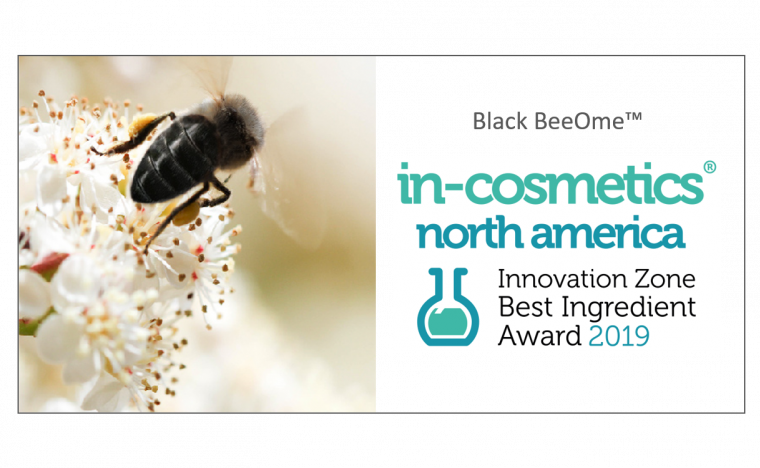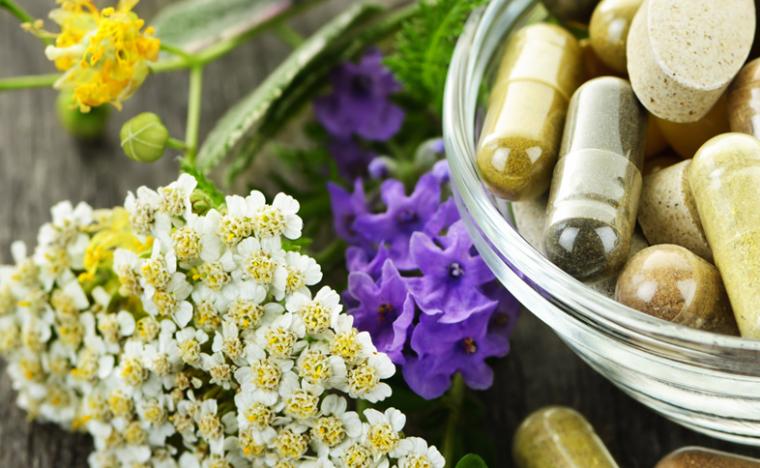10 interesting facts about grapes
Slowly the summer is coming to an end and autumn is on its way. The beginning of the "golden season" also marks the time of the grape harvest, the start of the wine production. The perfect moment to take a closer look at grapes. Test your knowledge about grapes & wine by discovering 10 interesting facts.

- Botanically speaking, grapes are berries.
- The slower the grape ripens, the fuller the flavour. Although grapes need a lot of sun to ripen, moderate temperatures ensure a more intense flavour. That is why they also grow in countries like Switzerland and often end up in delicious wine.
- No wonder the variety of wine is so big: There are about 16'000 varieties of grapes worldwide. More than 10'000 can be used to make wine.
- Healthy powersnack: The two ingredients resveratrol and OPC (oligomeric procyanidins) form an almost unbeatable team. They have a positive effect on blood circulation and thus prevent heart and circulatory diseases. But don't forget: a good third of the valuable active ingredients resveratrol and OPC are in the seeds - so those who disdain them get a little less of it. It is similar with the colour: red or blue grapes contain significantly more antioxidants than their light-coloured relatives.
- Red, White and Rosé: Red wine is made from blue grapes and fermented with the skins so their pigment is released. With white wine, only the juice is fermented and mostly white grape varieties are used for this. Rosé wines are light-coloured wines made from red grapes and are produced in the same way as white wine. With sparkling wine, on the other hand, part of the fermentation process takes place in the bottle. The resulting carbonic acid makes the drink sparkle.
- Big vs small: The largest area to cultivate vines is in Spain. The region La Mancha is home to the largest wine-growing area in the world. The vineyards cover around 450,000 hectares. The smallest vineyard is located in Vienna. On just 100 square metres, a white wine is grown in Vienna's city centre, which is also available for purchase. In a good and productive year, the mini vineyard yields enough grapes to produce 50-60 bottles of white wine.
-
The most expensive wines come from France and Germany: The currently most expensive wine is the "Domaine de la Romanee-Conti Grand Cru, Cote de Nuits" from France. With an average price of more than 15,000 dollars, the red wine relegates the German white wine "Egon Müller Scharzhofberger Riesling" from the Mosel to second place. What is striking in the list of the most expensive wines in the world: Germany and France share the top positions completely. Only in 17th place in the ranking does a third wine country enter the phalanx with the "Screaming Eagle Cabernet Sauvignon" from Napa Valley in the USA. The four German representatives in the top 10 are all white wines, while France convinces with red wines.
- To make one glass of wine, the juice of about 75 individual fruits is needed. To fill one bottle, the winemaker needs more than one kilogram of grapes.
- The typical bulge in the bottom of the bottle is called Culot de Bouitelle.
- Most wines do not get better with age: The older a wine, the better it is: this myth is persistent, but only applies to a small proportion of all types of wine. In fact, more than 90 percent of all wines should be drunk within five years, otherwise they will overripen and eventually taste like vinegar. Only special top wines develop a refined flavour through post-ripening during long storage over many years.
But not only wine can be made of grapes. Also two of our ingredients are based on grapes:
- Vin-upLift, based on Swiss ice wine - provides the immediate lifting and anti-wrinkle effect.
- And PhytoCellTec™ Solar Vitis, from grape stem cells vitalises and protects the skin stem cells and acts against light-induced skin ageing.










